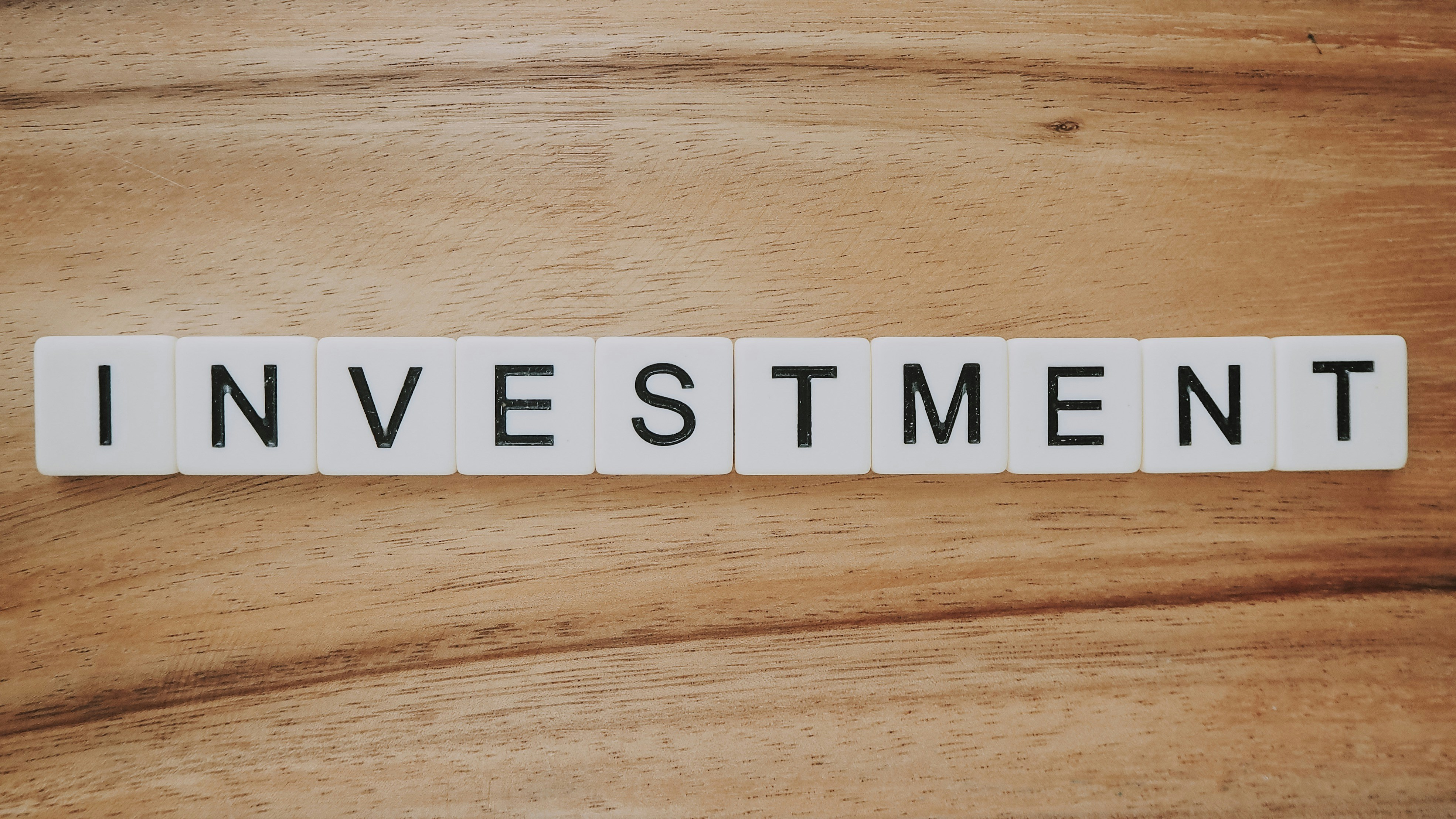With diligent research and professional forecasts, here is a human‑authored analysis of the mutual‑fund environment as we head toward 2030 including outlook for best performers and anticipated returns.
🧠 Market perspective up to 2030
- Passive funds will rise to 58% of the U.S. mutual‑fund/ETF universe by 2030 a significant change from 44% in 2022, driven by increasing demand for low‑cost access and transparency.
- Total mutual‑fund AUM in the U.S. is also expected to grow from $34.6 trillion in 2024 to $43.25 trillion through 2030 with a 3.8% CAGR.
- Fee pressure continues to reduce active and passive fund costs 19% lower through 2030.
📈 Hottest Mutual Fund Categories for 2030
Target-date 2030 Funds
These funds automatically shift allocations over time and are perfect if you're going to retire near 2030. Top families are:
- Vanguard Target Retirement 2030 Fund (VTHRX): low‑cost and highly allocated among U.S. and international equities and bonds.
- Fidelity Freedom 2030 Fund (Freedom Blend): combines equities and bonds with solid past performance and reasonable cost structure.
- Others: T. Rowe Price, BlackRock LifePath, American Funds, Schwab, Dimensional, Natixis all rank near the top in 2030‑horizon fund rankings.
These funds generally provide annualized returns in the 6–9% bracket over medium-term time frames, although the actual outcome by 2030 will differ.
Equity Funds (Highest historic returns)
- As of mid‑2025, more than 41 Indian equity funds have provided steady 15%+ CAGR over 3, 5, 7 and 10‑year periods.
- Likewise, in India, the mid‑cap funds beat the small‑caps over longer time frames due to better risk‑adjusted returns.
- Small‑cap funds have provided enormous 10‑year gains, albeit with larger volatility.
🔍 Notable Active Mutual Funds
- Fidelity Contrafund (FCNTX): delivered roughly 13%/year over the past decade into mid‑2024, beating the S&P 500. A concentrated large‑cap growth strategy with big holdings in Meta, Berkshire Hathaway, Nvidia, Amazon, Microsoft, and stakes in SpaceX and ByteDance.
- Vanguard Wellington Fund: one of the oldest, combining 65% equities and 35% bonds for balance. Historically top‑quartile, with a focus on dividend income and downside protection.
✅ What Can Be "Best" by 2030?
- Low-cost passive funds such as target-date index funds (Vanguard, Schwab) can lead for long-term retirement investors with low fees and extensive diversification.
- High-return equity funds: mid-cap and select small-cap funds have traditionally generated 15%+ CAGR in the Indian context. Large-cap growth funds such as Fidelity's Contrafund have performed exceptionally well over 10-year windows.
- Balanced veteran funds such as Vanguard Wellington can provide stability with moderate upside.
🧾 Final Thought
By 2030, the "best" mutual fund will be a function of your own goals and risk tolerance:
- Select target‑date index funds (such as Vanguard VTHRX) for retiree bias at low cost.
- Select mid‑cap or small‑cap equity funds for India aggressive growth.
- Look to Fidelity Contrafund or Vanguard Wellington if you want active management and past stability.
This prediction combines expert information and past performance to indicate potential leaders but keep in mind: no promise future returns.
